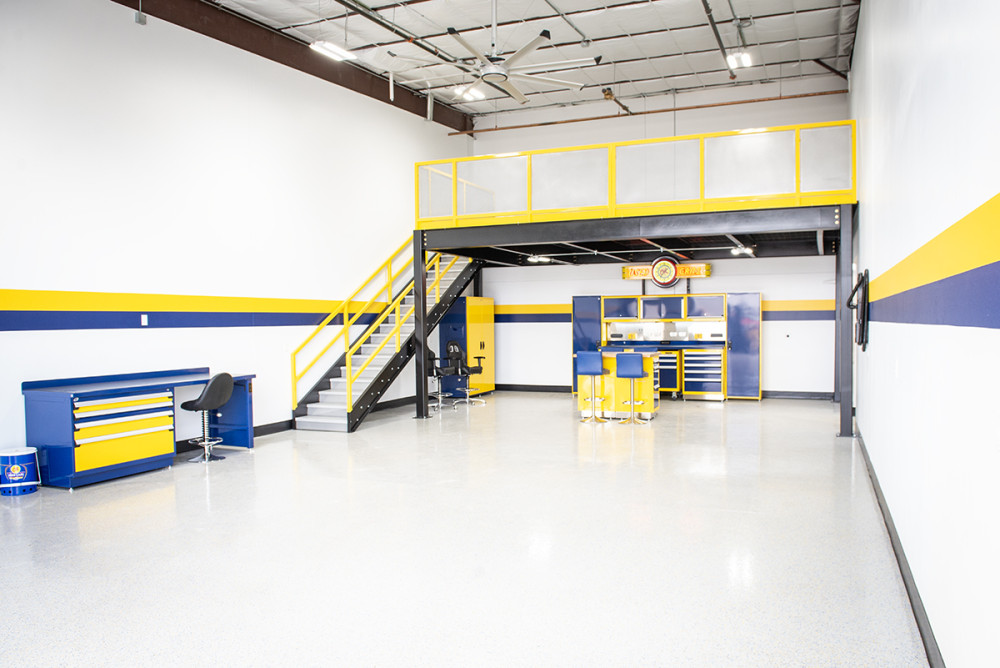SIGN UP FOR REAL ESTATE MARKET NEWS & TRENDS


During uncertain times, it is sometimes difficult to see the light at the end of the tunnel. And if one can, itâs hard not to mistake it for the proverbial oncoming train.
Those who can look ahead, however, often find themselves in a good position to expand their real estate portfolios through unprecedented opportunities.
Those real estate opportunities abound. One estimate is that the volume of distressed sales in 2021 and 2022 could reach $146 billion, with some assets priced as much as 70 percent lower. Another analysis pegs the distressed sales figure as high as $565 billion. Following the recession of 2008, losses to distressed sales were $176 billion, so the current reality is probably somewhere in the middle, which translates into tremendous options for buyers.

We know, for example, that retail shopping habits have changed, but will it stick? More people are shopping online instead of traveling to stores, even for groceries, and while that may make the brick-and-mortar stores a less desirable investment, it increases interest in warehouse space, garage space for delivery vehicles, and all of the other less glamorous properties needed to address the volatile real estate markets.

- Retail real estate vacancies will exceed those of the 2008 recession, with a potential loss of 360 million square feet through the closing of over 100,000 retail stores over the next five years. Rents will drop an average of 12 percent and will take four years to recover.
- The industrial segment stands the best chance of increased return, due almost exclusively to the aforementioned shift from on-site to on-line shopping. As one economist said, ââ¦warehouses are the new retail space.â
- Multifamily investing could take a hit as well. The current 8 percent decline in demand is followed naturally by an anticipated 11 percent annual drop in rental income. Here, the top end rental decline is projected at 16 percent.
- Office space may also be a major victim of the pandemic, during which millions of people found themselves working remotely instead of commuting to an office. One reliable survey revealed that 75 percent of the CFOs polled expected their companies to shift some workers to a permanent remote work status.

The wild card in all of this is social distancing which, if it becomes a long-term development, could bring changes in every sector of real estate. With social distancing in place, more space, not less, is needed for workers whose on-site presence is required.
What is certain is that todayâs investors seek stability, which is the same characteristic they desired pre-pandemic.
But how to achieve that today? One avenue is the online auction, which provides maximum personal safety and security along with all of the features of a live sale: Anything that can be done in the traditional sales process can be done through the online auction process. The added benefits are the technology, which can attract buyers from around the world instead of down the street, and the competitive bidding, which offers a true market appraisal for the property.
With so much yet to be determined, the only thing we can rely on at this time is that change is the new normal.


